Thailand is known to the world outside as a Buddhist country. Yet it is also true that there is an undercurrent of Hinduism among a widely distributed section of the population. While Buddhism in the land is inspired by the north-western neighbour, Mayanmar, perhaps a stronger influence from her eastern neighbour, Campuchea, by political and cultural conquests, is of no less importance. It is thus that the principal Hindu Trinity, and by degrees, the subsidiaries became established as the serious objects of worship and sculptural figurization. The present treatise has endeavoured to bring to the fore the extant examples of the Hindu deities and their iconography with the help of illustrations and study of comparative material from prototypes. This has been achieved in eight chapters of illustrated descriptions aided by a Glossary and a couple of maps.
Contents: Foreword. Preface. 1. Hinduism in Thailand. 2. Hindu deities in mon-Dvaravati times. 3. Hindu deities under the Srivijaya Kingdom. 4. Hindu deities in Lopburi times. 5. Hindu deities in Sukhothai era and its style. 6. Hindu deities in Lanna art. 7. Hindu deities in Ayutthaya times. 8. Hindu deities in Rattanakosin (Bangkok) times. Glossary. Select bibliography. Index.
ABOUT THE AUTHOR A K Bhattacharyya
A renowned scholar in East Asian Art in addition to his contribution to the study of all branches of Indian art, Professor A.K. Bhattacharyya has made a mark as an art-historian since long. His other interests include epigraphy and numismatics in which he has well-known publications. One of his works on Aspects of Perso-Arabic Epigraphy of India has earned worldwide commendation. His visits to Japan four times since 1968 and upto 1980, include a stay for a year in that country on a Japan Foundation Fellowship which he utilized in visiting almost all places of Buddhist interest, studying temples and sculptures. He took special care to study the stone sculptures in the southernmost island, Kylshi, by personal visits to the caverns and the rock-cut images in the Oita Prefecture and a few other places. Back from the study-tours in the Republic of China and Japan, Professor Bhattacharyya was awarded the Jawaharlal Nehru Fellowship for his wide range of contribution to the study of the art of India and abroad. Among his works, A Corpus of Dedicatory Inscriptions for Temples of West Bengal; A Pageant of Indian Culture "Art & Archaeology; Historical, Cultural and Political Aspects of Perso-Arabic Epigraphy of India; Development of Buddhist Iconography in China, Korea and Japan from Indian Concepts; Buddhist Stone Sculpture of Japan; Thai Buddhist Iconography" Calcutta University on is dissertation: Studies in Jaina Iconography. Academically he has the most distinguished records and his linguistic equipment is the most unique in India, being a graduate in Arabic, and B.A. (Hons.) and M.A. in Sanskrit with a First class. He also secured the first class position in M.A. in Islamic History and Culture with Epigraphy and Numismatics as special subjects. He held important positions in India throughout his career. After being a Lecturer and Principal of Colleges for the first eight years of his service career, he served as Asstt. Curator, Archaeological Survey, Deputy Keeper and Keeper of Art Deptt. at the National Museum, New Delhi, Superintending Archaeologist in charge of the Museums Branch of the Archaeological Survey of India, and finally as Director, Indian Museum, Calcutta. On retirement, served the National University in the Republic of China as Visiting Professor.

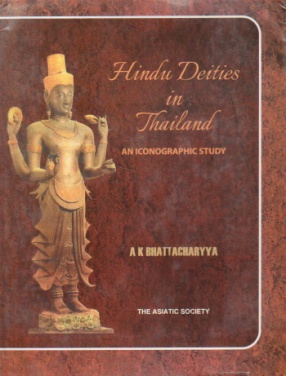
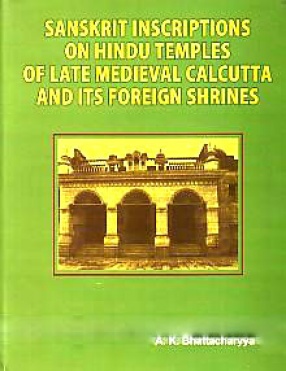
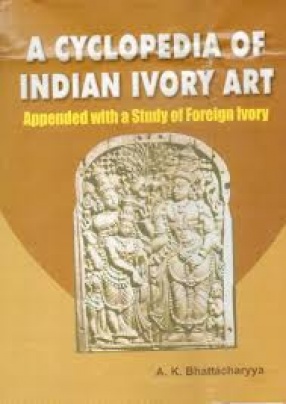
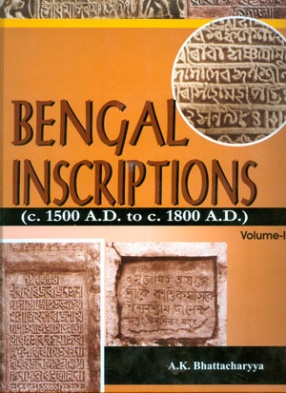
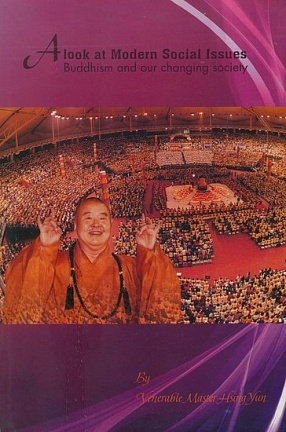
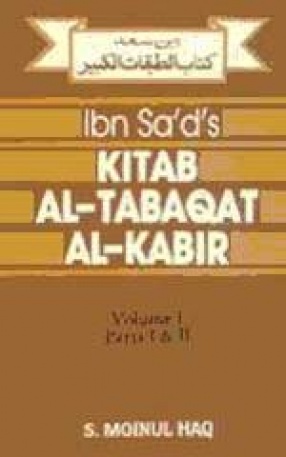
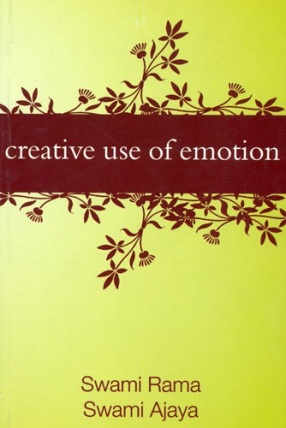
There are no reviews yet.